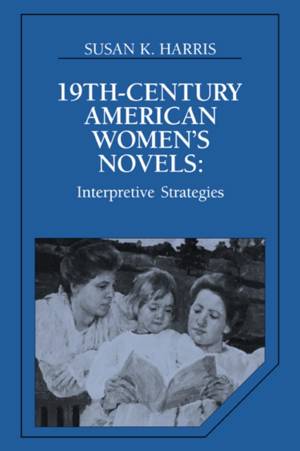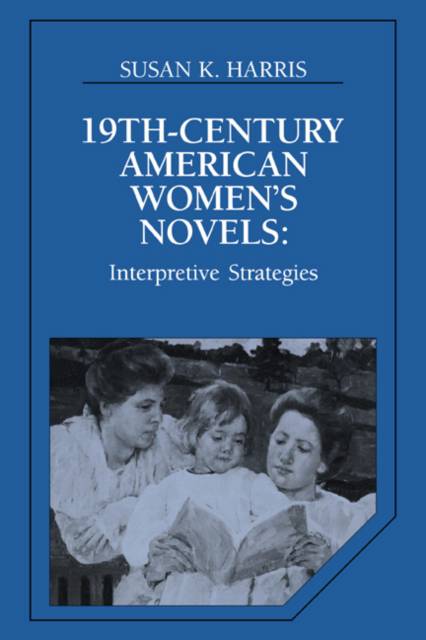
- Afhalen na 1 uur in een winkel met voorraad
- Gratis thuislevering in België vanaf € 30
- Ruim aanbod met 7 miljoen producten
- Afhalen na 1 uur in een winkel met voorraad
- Gratis thuislevering in België vanaf € 30
- Ruim aanbod met 7 miljoen producten
€ 83,95
+ 167 punten
Omschrijving
This study proposes interpretive strategies for nineteenth-century American women's novels. Harris contends that women in the nineteenth century read subversively, 'processing texts according to gender based imperatives'. Beginning with Susannah Rowson's best-selling seduction novel Charlotte Temple (1791), and ending with Willa Cather's O Pioneers! (1913), Harris scans white, middle-class women's writing throughout the nineteenth century. In the process she both explores reading behaviour and formulates a literary history for mainstream nineteenth-century American women's fiction. Through most of the twentieth century, women's novels of the earlier period have been denigrated as conventional, sentimental, and overwritten. Harris shows that these conditions are actually narrative strategies, rooted in cultural imperatives and, paradoxically, integral to the later development of women's texts that call for women's independence. Working with actual women's diaries and letters, Harris first shows what contemporary women sought from the books they read. She then applies these reading strategies to the most popular novels of the period, proving that even the most apparently retrograde demonstrate their heroines' abilities to create and control areas culturally defined as male.
Specificaties
Betrokkenen
- Auteur(s):
- Uitgeverij:
Inhoud
- Aantal bladzijden:
- 256
- Taal:
- Engels
- Reeks:
- Reeksnummer:
- nr. 42
Eigenschappen
- Productcode (EAN):
- 9780521428705
- Verschijningsdatum:
- 27/03/1992
- Uitvoering:
- Paperback
- Formaat:
- Trade paperback (VS)
- Afmetingen:
- 152 mm x 228 mm
- Gewicht:
- 399 g

Alleen bij Standaard Boekhandel
+ 167 punten op je klantenkaart van Standaard Boekhandel
Beoordelingen
We publiceren alleen reviews die voldoen aan de voorwaarden voor reviews. Bekijk onze voorwaarden voor reviews.










